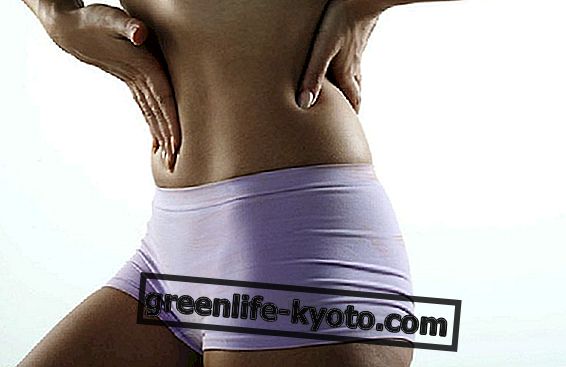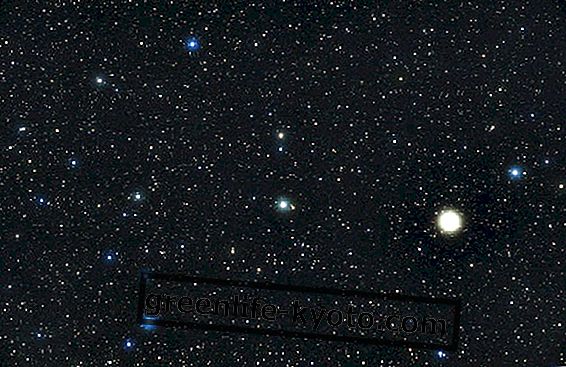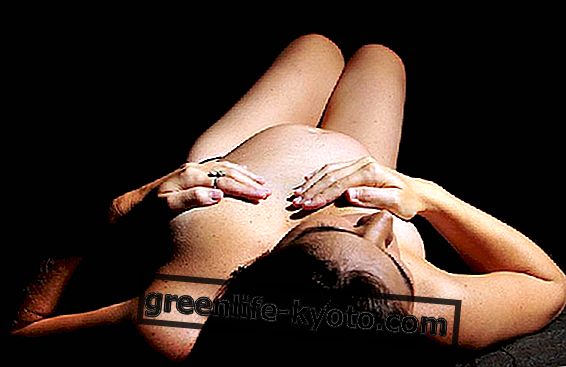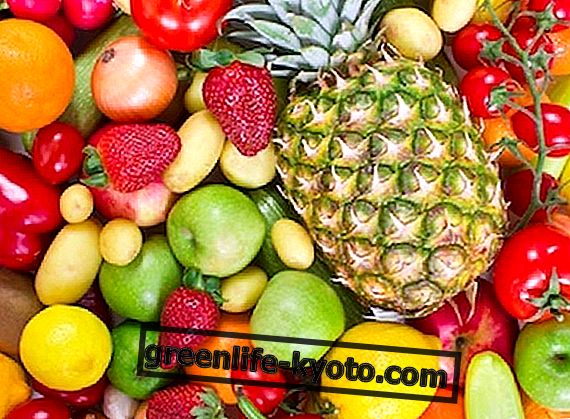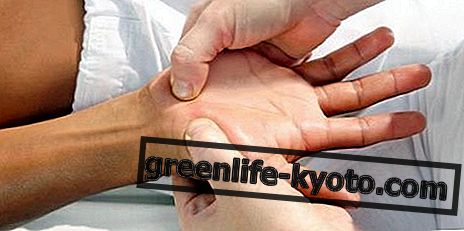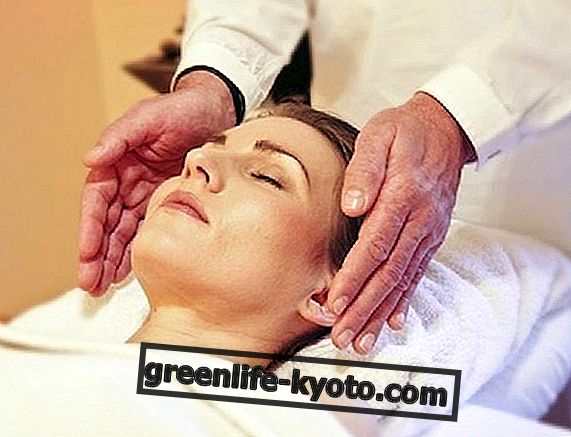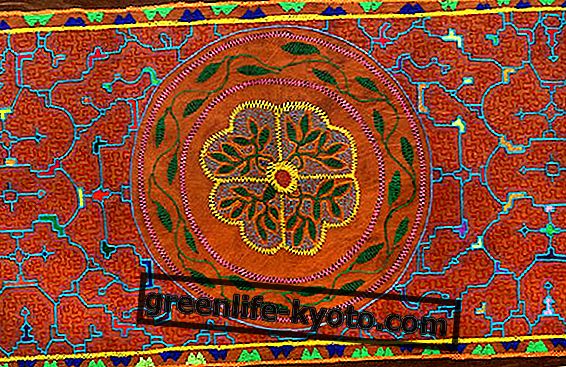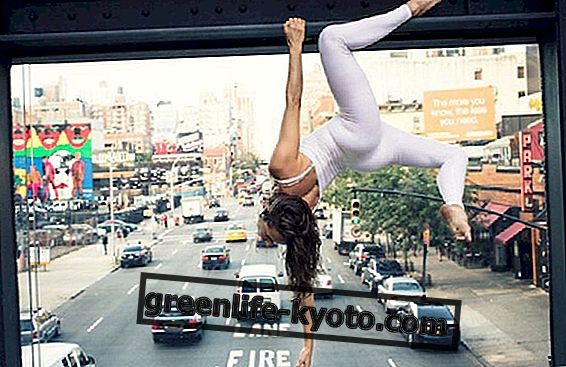
To observe reality, everyone is capable; knowing how to penetrate it is a gift of the few, being able to glimpse the potential inherent in space is truly visionary.
In our opinion the architect Anja Humljan succeeded in this difficult task with her photo book "Urban yoga", symbol of a wide-ranging and almost philosophical project: rethinking the urban environment as something harmonious, welcoming, balancing and ... yogic .
The work consists of a collection of shots between Paris, Madrid and New York where Anja is depicted circling like a fairy within the metropolitan landscape while performing asanas: perfectly inserted in the context, it shows how the city can also be a place of grace and lightness.
Below is our chat with Anja Humljan, architect, yoga teacher and dancer.
Anja, about this project: why did you decide to develop it? How do you think it can make a contribution to both architecture and yoga?
The role of an architect is not only to build palaces, but also to build a bridge between his category and those who will then use the buildings on a daily basis.
Starting from this premise, I put aside both yoga and the office to try to change the way we perceive, breathe and conceive space and the urban environment.
"Urban yoga" is not merely yoga, but an architectural experiment, a movement that wants to influence the way in which we experience everyday life in cities when we focus on the senses and the body.
Explore the magic of space at the center of the human experience; invites everyone to look at the surrounding reality in a more meaningful way, reconsidering how the body lives in the urban space and breathing a new typology of life oriented towards the human being even within the efficient and technological world of architecture and design.
The Urban yoga spurs to establish a new school of architectural design that focuses on the sensory experience . Invite people to smell, touch, taste, observe and listen to develop a new way of perceiving how the city "feels".
It is a challenge for architects who are encouraged to design spaces not only visually and technologically impacting, but also in accordance with human sensitivity.

I found your idea innovative and relevant, especially because today yoga is a modern and urban discipline. In developing your project, according to what criteria did you connect the landscape with asanas? Did you let yourself be guided by inspiration or did you follow precise guidelines?
Yoga asanas have played their part in inspiring me, more or less consciously. As in yoga, where the body becomes your privileged space, every urban space conceived with human sensibility in mind can become a source of positive energy and a place for self-reflection and self-realization.
I am not referring therefore to spaces that we live passively, like ants walking from one point to another or spaces where we rest after a long day, but at the places that light up our imagination, evoke memories, tell stories and rock dreams : places, in short, that bring us back to the world and connect us to our self.
The choice of setting depended on the city, the time of year and the photographer. The ideas of the photographers stimulated me a lot and we tried to implement them.
Sometimes we chose the places and took many photos as they came, while others took so long to choose the setting and fix the light and maybe we ended the day with a single click.
My purpose was to connect, intertwine with the surrounding space in a mimetic relationship . Sometimes it happened that, despite the care, during the post production work we realized that some settings did not work and we discarded those photos and started again, to discover new places.

Why to convey your philosophy and your ideas (positive vision of urban life, harmony of city spaces, coexistence between humanity and technology) have you chosen yoga and not dance, for example, since you are also a dancer?
More than I choose yoga, yoga has become the protagonist of the project. At one point, after having taught yoga for eight years, I realized that I could do much more than just practice and teach it.
I sensed that there was a connection between my two jobs, being an architect and being a yoga teacher. So, during my stay in New York I made the first attempts, that is a first series of photos "Urban yoga" and step by step the connections between the field of architecture and that of yoga became more and more evident.
In my experimental architecture laboratory that I called Space Potential, I was exploring the relationship between the sensitive body and space, and this is what has become the theoretical platform of Urban yoga, the magic connection. And from there everything was born.
Dance is more dynamic than yoga and I would not be surprised if the development of the project did not come from yoga to dance. How? I allow myself to be surprised. I love surprises because they lead to larger dimensions, which we would never have imagined alone.

You said that your dream is an architecture linked to the human dimension, to the dreams of those who will then go to those buildings. We find this very yogic inspiration, so could you explain it better, perhaps with some concrete examples?
The projects of the Japanese studio Nakamura & Nap as Dancing trees or Singing birds in which the distance between interior space and natural space is removed and the human experience of the landscape exceeds the current limits.
Again, the Therm Vals project by the Swiss architect Peter Zumthor in which you can experience a hypnotic time dimension thanks to an architecture of lights and shadows, strong and fragile, transparent and concrete between heaven and earth. Slovenian architect Murusa Zorec and Australian Glen Murcutt embrace all the ideals described above.
You may also be interested in the interview with the photographer Robert Sturman on yoga
To know more:
> Urban yoga: origins, practices, benefits
> Go to the site of The Urba Yoga, where the book can be preordered
Images | New York, Jaka Vinsek - Paris, Antoine Le Grand - Madrid, Emilio P. Doiztua - Ljubljana, Primoz Lukezic
